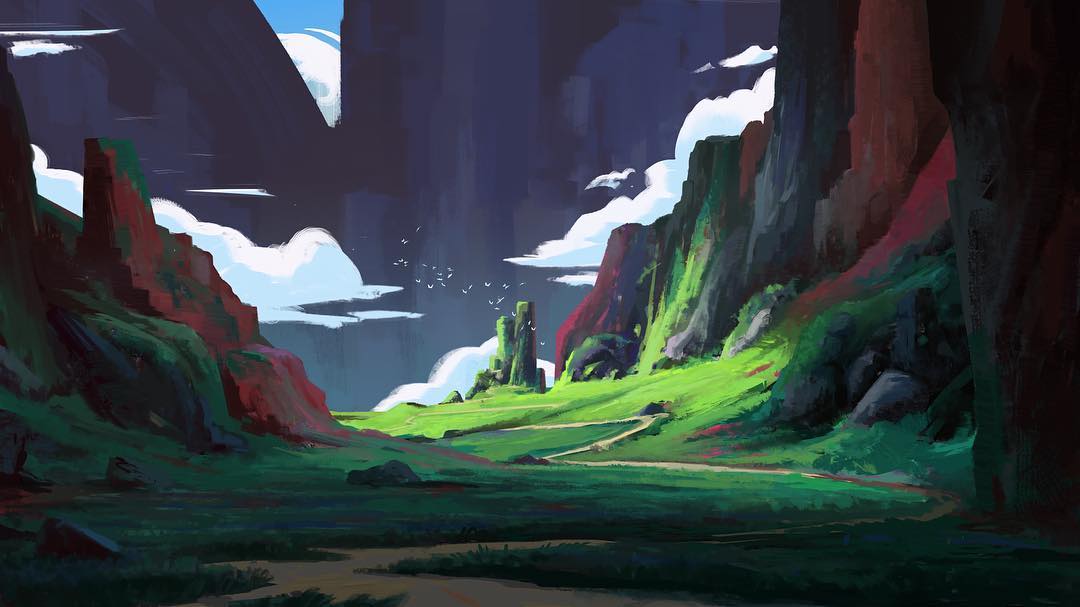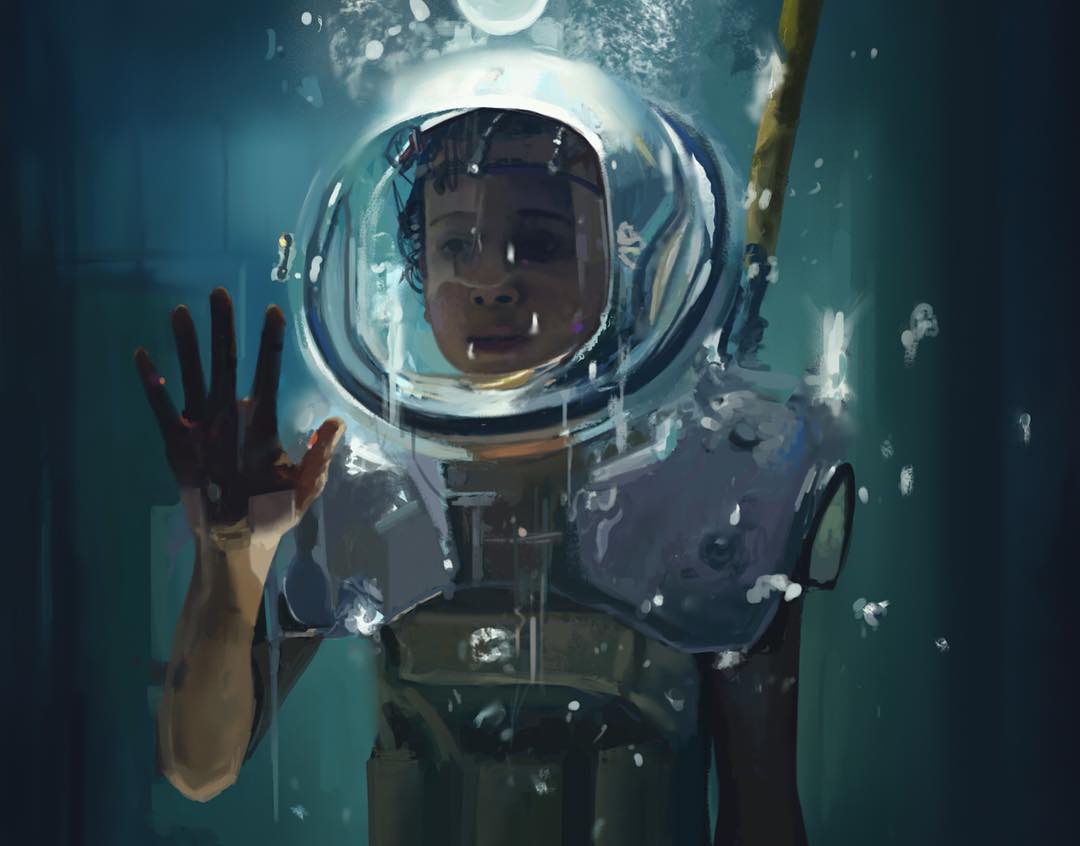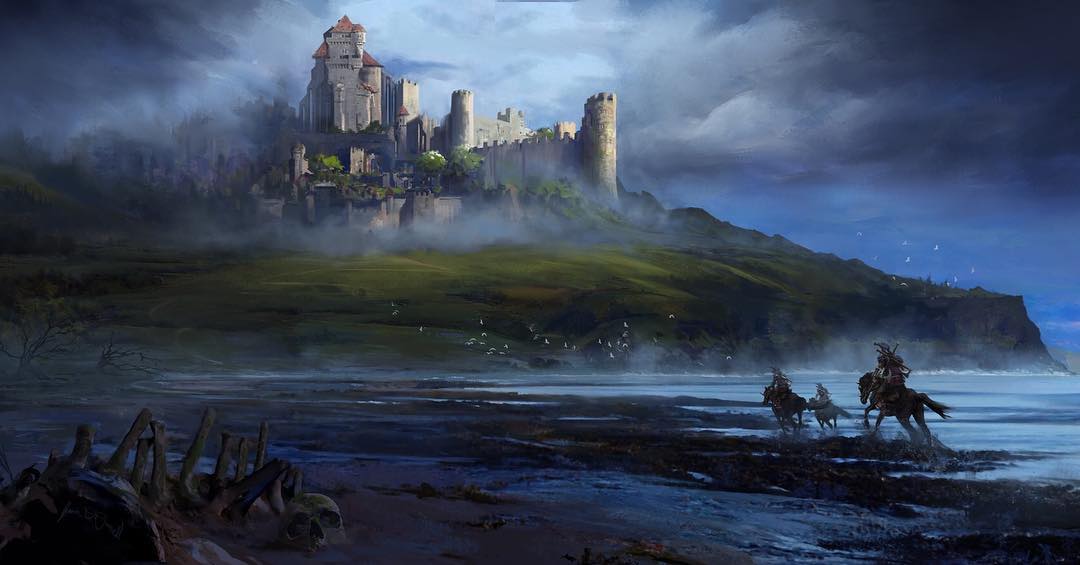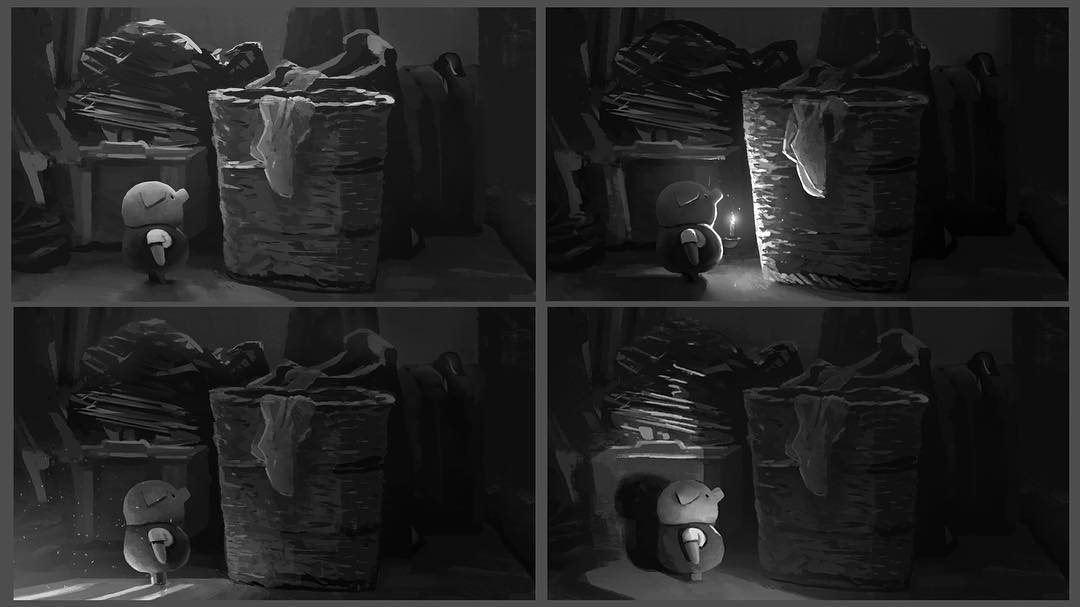Artist Spotlight: Gavin O'Donnell
February 25, 2020
Everyone’s work is deeply idiosyncratic: in our regular Spotlight segment we explore artists’ experiences and inspiration to understand what defines and inspires their unique styles.
Can you give us a brief background on yourself?
I was always doodling from a very young age, I got a bit more serious about it when I was about 12/13. I was on holidays at my aunt’s house in Sussex, she was really into creating realistic pencil drawings, and she got me to sit down with her and I drew Spider man and a portrait of a dog. From that week on I really fell in love with it. I studied at NCAD for a year and a half. I did the core year, and then a few months of Industrial Design. I dropped out after a few months, the course wasn’t for me. I had always wanted to do animation so I prepared a portfolio for BCFE. In the meantime, I got offered an apprenticeship to be a tattoo artist at Dublin Ink. I had got my place in first year of Animation in BCFE, so I decided to defer the year and explore the tattooing! I was surrounded by amazing artists for 9 months and learned a lot from them. I got to design tattoos and even tattoo a bunch of people. It was an amazing experience but I felt I needed to go to college to do what I always wanted, animation. So, I’m in the first year of the degree now (4 years in), and hope to have my BA Honours degree in Animation in 2018. I’ve also discovered the world of online courses, I feel like this is what has really helped push my skills to the next level. I’ve still got a lot to learn but I think this is the best path alongside college. To name a few; I started out with a course on Digital Painting with Noah Bradley, I’ve done a couple of Schoolism
courses, one with Dice Tsutsumi and Robert Kondo who were the Art Directors on Toy Story 3. Now I’m doing a course on environment painting with Maciej Kuciara on Learnsquared. I’ve done numerous commissioned portraits and paintings. I got to work on a magazine to teach kids to draw. Most recently, I got my first couple of concept art gigs with a German game company called Daedalic Entertainment.
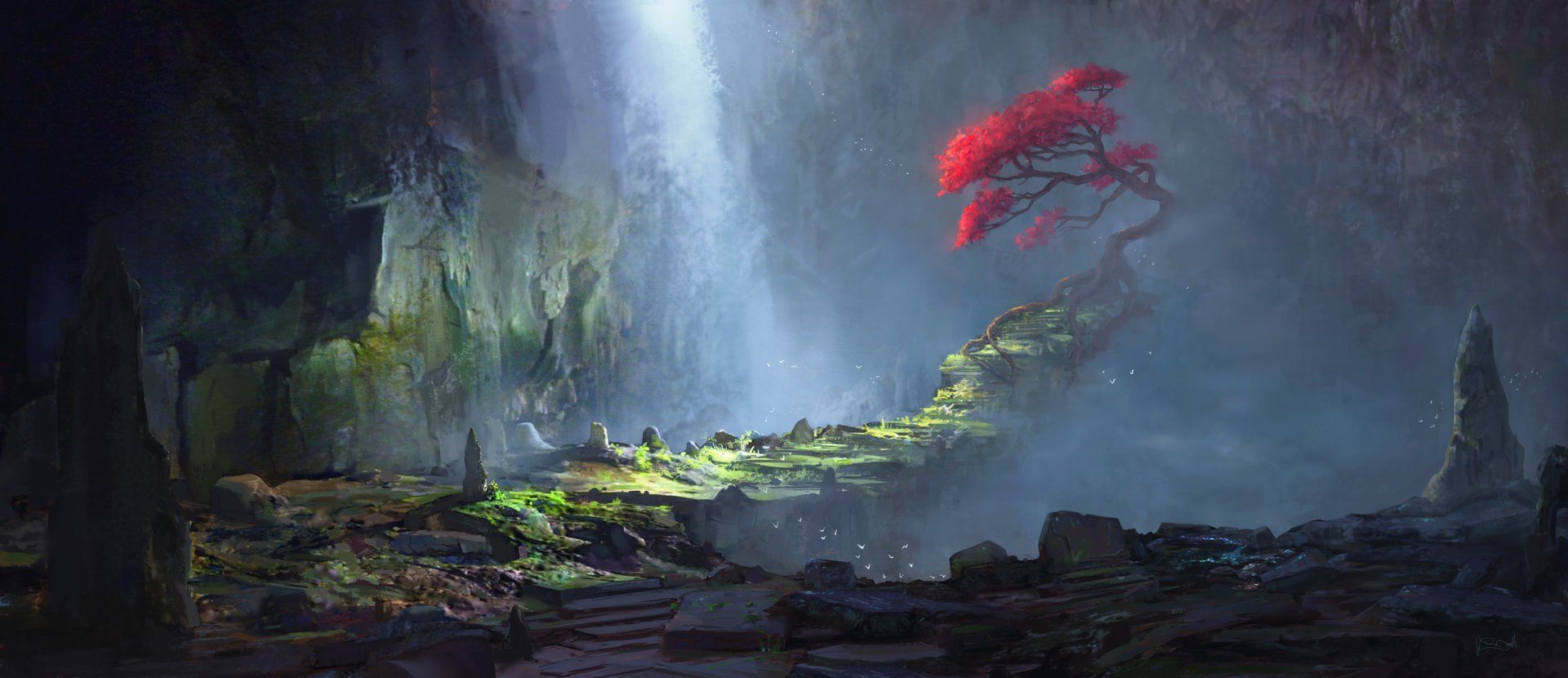
What kind of influence does your location have on your career?
The concept art scene is not as big in Ireland compared to other countries. There’s only a handful of people I know interested in the industry. Luckily, we have the internet so we can be connected with artists from all over the world. We have one of the best animation colleges in the world right here in Dublin, BCFE. The animation industry is really growing here. In terms of workshops and events, again there wouldn’t be a whole lot going on compared to the UK or the US. Gareth Lee is doing some great work with Animationskillnet.ie
, and he’s bringing more and more great speakers and events to Ireland. We also have Dingle Animation Festival which is brilliant.
What is your process like when combining traditional and digital methods?
I generally use sketchbooks for getting ideas down and exploring compositions before going into Photoshop. I normally take a picture of the sketch, load it into Photoshop, and paint on top.
Could you pick one piece of art that has made a lasting influence on you, and if so why?
The first image that popped into my head was Cleopatra by John William Waterhouse, it was painted in 1888 with oils. Waterhouse portrays Cleopatra on her throne in a position of power. Rather than choosing to illustrate the scene of her suicide, as many artists have done, she has a hauntingly beautiful gaze which is lying in the shadow. I think this makes it all the more terrifying and really draws the eye of the viewer. There are so many artists I admire though. In the concept art world anything by Craig Mullins, Jamie Jones, Eytan Zana, or John J.Park is magical. I also love the work of Sargent, Jeremy Mann, and Richard Schmid to name a few.
What skills or techniques are you working to try improve at the moment?
I’m working on my first short animated movie in college right now. So, I’m trying to improve everything that’s involved. For example; how to tell a story in a short amount of time and sell something at the same time. While also doing storyboarding, character design, background design, composition, animating, and then putting it all together.
Can you give our readers a tip or trick you have come across that has made your work a lot easier?
Like I said earlier if you can do some online courses in the field you love, alongside college, I think this will help you stand out from the rest. If it’s art, Schoolism, Learnsquared, and Gnomon Workshop are all great places to start. I also follow a lot of artists on Facebook, Artstation, and Instagram. So, I have a constant feed of inspiration from amazing artists and a reminder of how much I have to learn.
How can people who are interested in discovering more of your work find it?
This is my main portfolio, but I also upload lots of sketches and other bits to Instagram
or Facebook. So, feel free to follow me on there.
Scriba is a revolutionary digital stylus that is ergonomically designed to comfortably fit your hand and uses unique Squeeze-Motion technology. Order here.
Articles

In the period since COVID forced many of us back home and out of the office, remote work has become the new norm for many. The flexibility of working from home, especially for those with small children, is very compelling, but making a productive workspace is more than setting up a desk in the spare room. More people are seeking to create functional and comfortable workspaces in their homes, however, it can be difficult to strike the right balance between a professional office space and a cosy home environment. Here are some tips for designing a home workspace that meets both of these needs: Dedicate a specific area for work Designating a specific area for work is essential for separating work from leisure time. This could be a separate room or just a corner of a room. It is important to make sure that the workspace is free from distractions and clutter, as this will help you stay focused and productive. Choose the right furniture Ergonomic furniture is key to a comfortable and productive workspace. Invest in a comfortable chair, a desk that is the right height, and a good-quality mouse and keyboard. If you are prone to back pain, consider a standing desk. Add personal touches Just because your workspace should be functional, doesn’t mean it can’t be personal. Add photos, plants, and other personal items to make the space feel like your own. This will help create a sense of comfort and make you feel at home in your workspace. Good lighting Good lighting is essential for a comfortable workspace. If possible, place your desk near a window for natural light. If not, invest in a high-quality desk lamp to provide bright, even light. Keep it organised An organised workspace will help you stay productive and focused. Use desk organisers, filing cabinets, and other tools to keep your work area free from clutter. A clean and organised workspace will also help you start each day with a clear mind. Consider your work style Think about the type of work you do and how you like to work. If you prefer a minimalist workspace, opt for a simple desk and a few basic supplies. If you need space for multiple screens and other technology, make sure you have enough room to work comfortably. Take breaks It’s important to take breaks throughout the day to avoid burnout. Step away from your desk, go for a walk, or do some stretching exercises to clear your mind and recharge.








